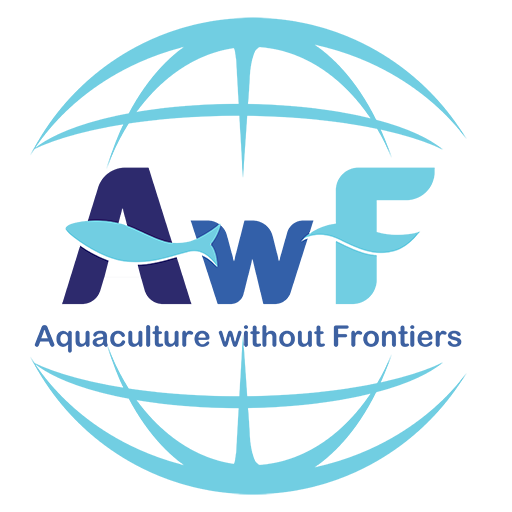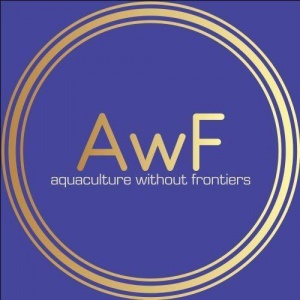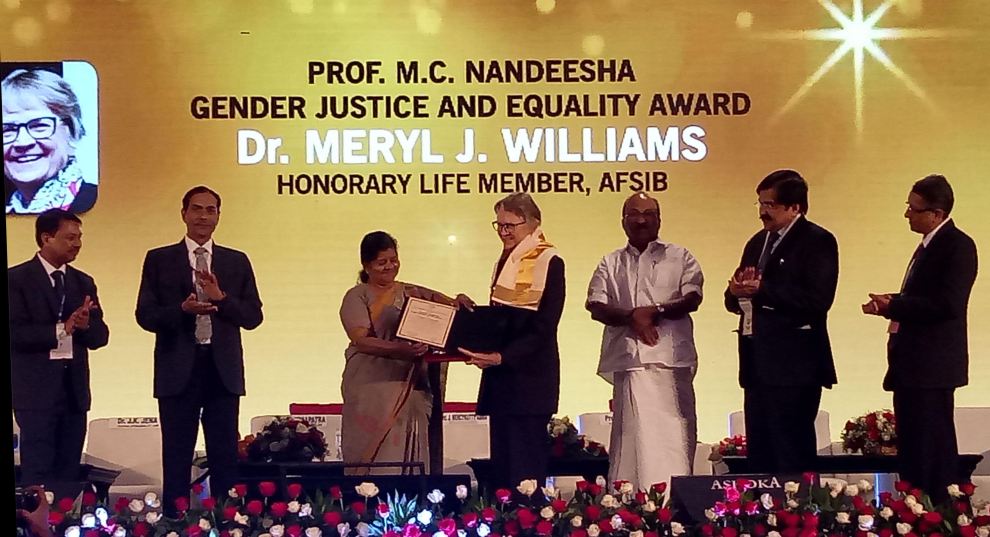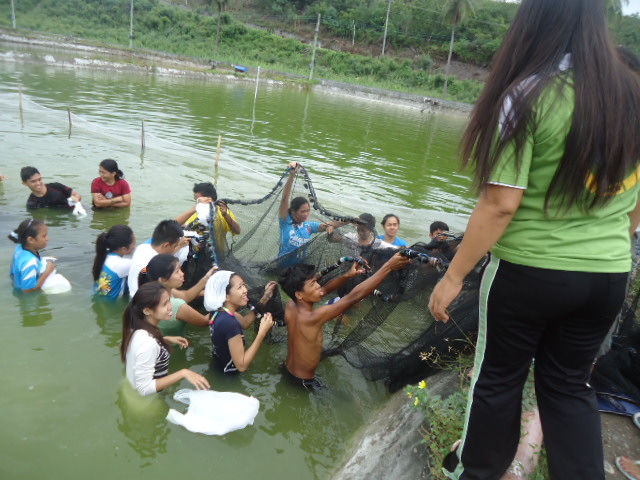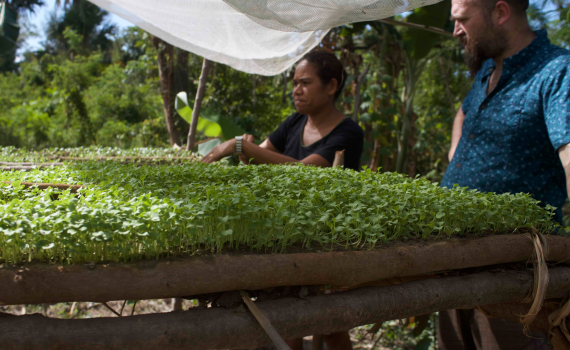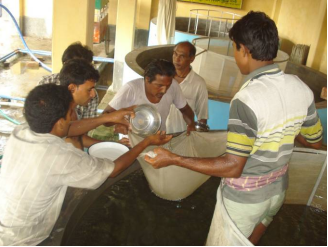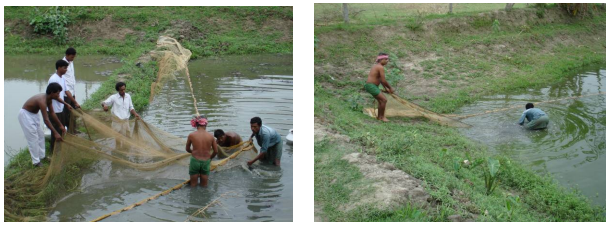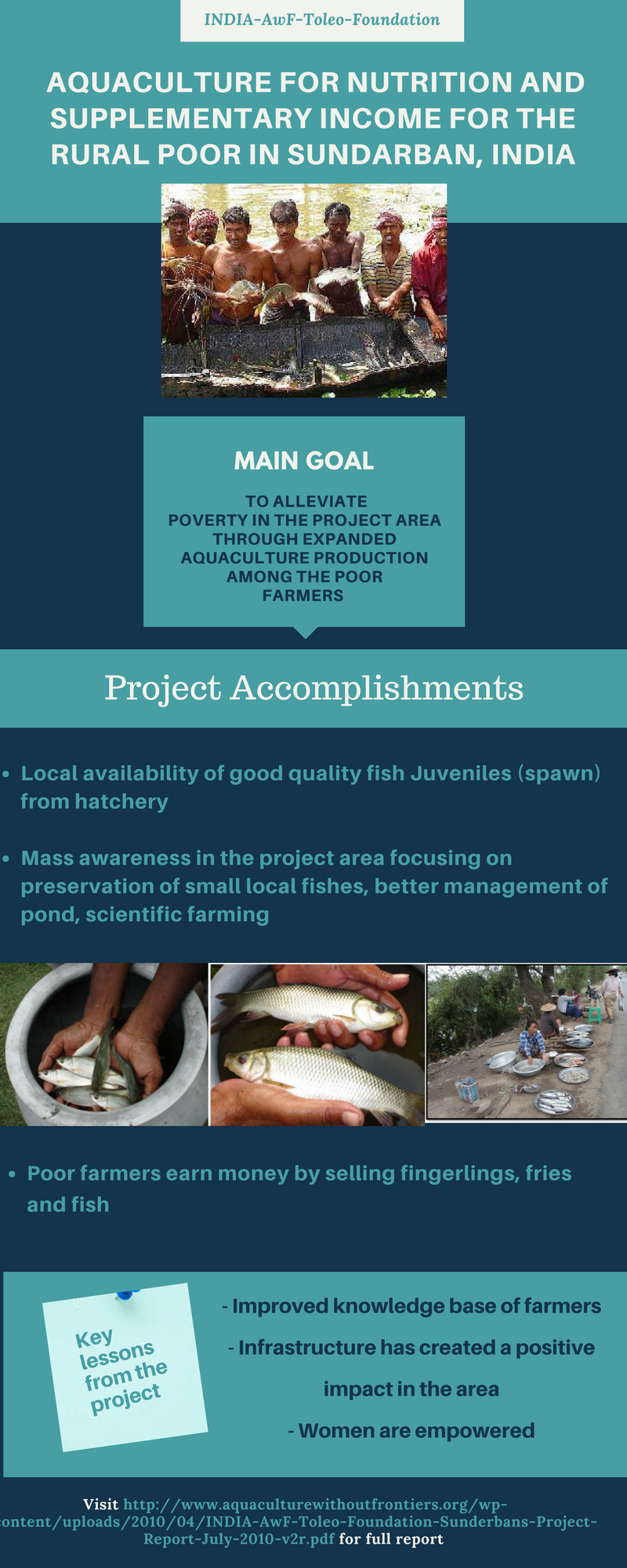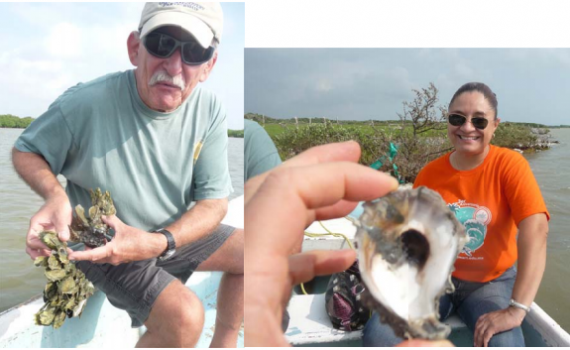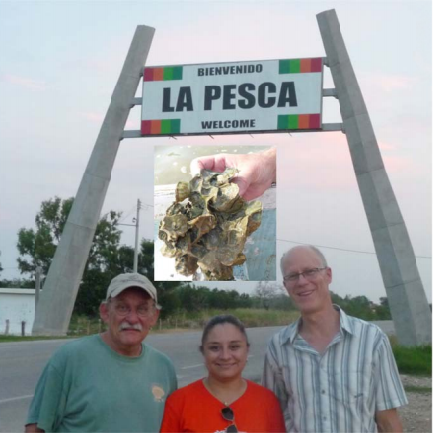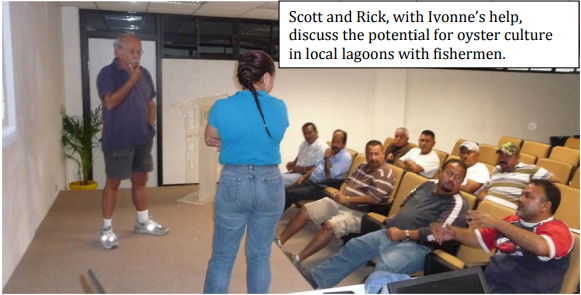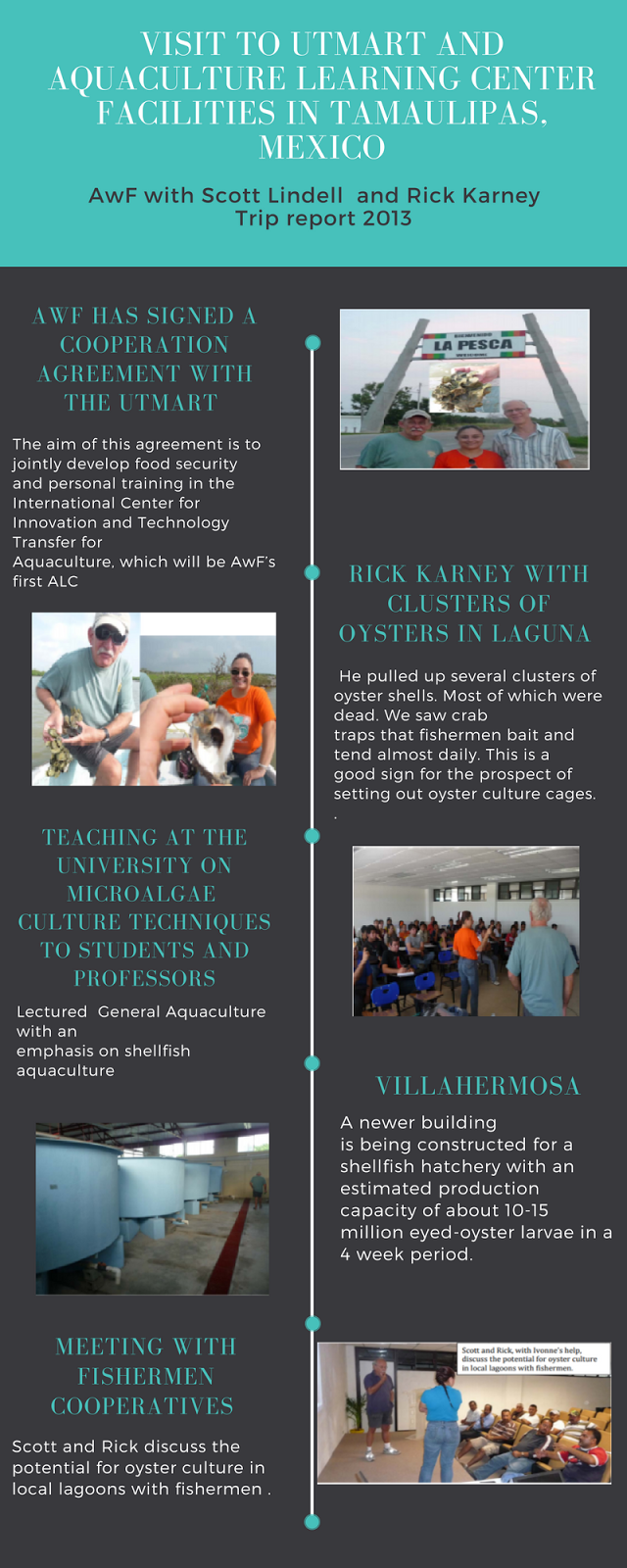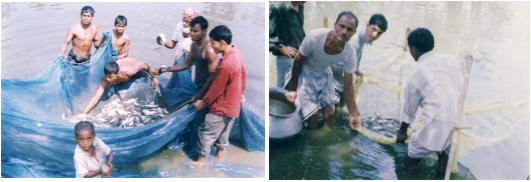Category:Updates
We thank all of VEGA’s wonderful staff for their assistance over the years
This is the last report from VEGA
Dear Friends,
We are sad to share that the Volunteers for Economic Growth Alliance (VEGA)
will soon close its doors after more than 14 years of development and volunteer
impact. Despite our best efforts to continue our successful partnership with the
U.S. Agency for International Development (USAID) and find new ways to
partner, VEGA’s Board of Directors has made the difficult decision to close
VEGA. While this is a great disappointment and loss to everyone involved, we
also have plenty about which to be grateful and proud.
VEGA has been one of USAID’s great success stories—a partnership with a
diverse consortium of nonprofits to send volunteer experts to work with people
around the globe seeking skills and opportunities to build a better future. VEGA
has impacted the livelihoods and lives of over five million people in partnership
with USAID through 68 programs in 56 countries and more than 51,000
volunteer days, saving more than $36 million taxpayer dollars and nearly
doubling the program value through cost share and leverage. VEGA’s skilled
volunteers have not only generated economic growth, stability and opportunities
around the globe, but also have conveyed the best of American values and
ingenuity.
VEGA’s success has been due in large part to our members—from some of the
largest global development NGOs to VEGA’s small but mighty all-volunteer
members. Because VEGA was consistently in high demand, it evolved to
become an independent, self-funded 501(c)(3) organization and grew to include
as many as 30 member organizations with networks of more than 100,000
highly skilled volunteers with a broad range of technical expertise and practical
experience in more than 140 countries. VEGA supported these members in a
number of ways, including by helping the members to partner together, and
building the capacity of the smaller organizations new to USAID. The 23
members that have implemented VEGA programs delivered impressive
development impact, sustainably strengthening local partnerships to give people
the tools they desired for more economic security and resilience. We have the
utmost confidence in our implementers as we prepare to hand over the
responsibility of administering our ongoing 11 programs to them. (VEGA is
working with USAID/Washington to determine the specifics of this hand-over.)
Of course, we owe the greatest debt of gratitude to the volunteers who have
served on VEGA programs. These volunteers have been key to our
success—and the very heart of VEGA. VEGA volunteers are highly skilled
experts who have generously served their country as pro-bono citizen diplomats,
sharing their private-sector expertise with peers and partners around the world.
With years of experience relevant to their assignments, these mid-career to senior level
professionals filled critical gaps in USAID technical assistance while
also saving taxpayer dollars.
VEGA has been a strong advocate for the value of volunteers and voice to
educate and engage the American people in global development. VEGA has
raised awareness and created community through numerous success stories,
resources, lessons learned and best practices, as well as through premier
events on International Volunteer Day to honor outstanding volunteers with the
Volunteer of the Year Award.
We are pleased and proud that our advocacy of skilled volunteers in global
development cultivated bipartisan congressional champions who repeatedly
demonstrated strong support for VEGA and volunteers in global development.
This support included appropriations language directing USAID to prioritize
incorporating volunteers and letters to USAID stating, “VEGA is valuable to the
U.S. taxpayer, to USAID field missions, and to meeting U.S. foreign assistance
objectives.”
In response, USAID Administrator Mark Green issued a new worldwide initiative
called the Volunteers for International Security and Prosperity Annual Program
Statement (VISP APS), described as “a mechanism through which USAID will
maximize development impact and efficient resource use by mobilizing the
creative capacity of volunteers globally.” We naturally share the view expressed
in the VISP APS that “volunteers and the principle of volunteerism maximize
USAID’s development programs through bringing in non-traditional partners and
new solutions and ideas, increasing peer-to-peer learning, building community,
advancing diplomacy, and leveraging resources.” That certainly has been the
VEGA experience.
While we and other organizations have not yet been able to utilize the VISP APS
after a year of serious effort, we are encouraged by USAID’s commitment to
exploring how to build on the legacy of VEGA. Because of our efforts, USAID
has formed a task force, organized an independent evaluation of the VEGA
LWA and indicated that a new office to leverage the generous spirit and skill of
the American people is under consideration. We hope that USAID will invest in
improving and promoting the VISP APS so that it can become an effective
partnering tool, or that it will be replaced with a next generation version of the
VEGA LWA, as we have recommended. We are sorry that we do not have the
resources to continue to support USAID’s efforts. That said, we fully expect that
our members and other volunteer-sending organizations will rise to the
occasion.
VEGA is deeply gratified by the support we have garnered on the Hill and in the
administration. We appreciate Administrator Green for prioritizing USAID’s
partnership with volunteer-sending organizations and skilled volunteers as one
of his first and ongoing initiatives. We also are deeply grateful for the following
bipartisan members of Congress and their staff for their strong support:
Senators Boozman, Leahy and Isakson, and Representatives Hill, Connolly,
Fortenberry, Cicilline, Donovan, Sherman, Shea-Porter, Beyer, and Chris
Stewart.
Once again, we wish to thank every single VEGA member, donor, partner,
volunteer, supporter and friend of the organization for their support and trust
these past years. We would also like to thank every past and present person
who has worked for VEGA or served on the board. VEGA’s staff have shown the
world what a small, talented team could do to support not just VEGA and
USAID, but also the entire volunteer-sending and broader development
communities. Our volunteers have inspired us with their relentless passion and
commitment.
It has been an honor to serve and work with you all. We couldn’t have done it
without you.
Sincerely,
Michael Deal
President & CEO
John D. Pompay
Chairman of the Board
P.S. Please look for our upcoming final newsletter, which will contain highlights
of the VEGA legacy. Meanwhile, please take the opportunity to download the
VEGA LWA Final Report and tour the resources and stories on our website
while it is still live.
